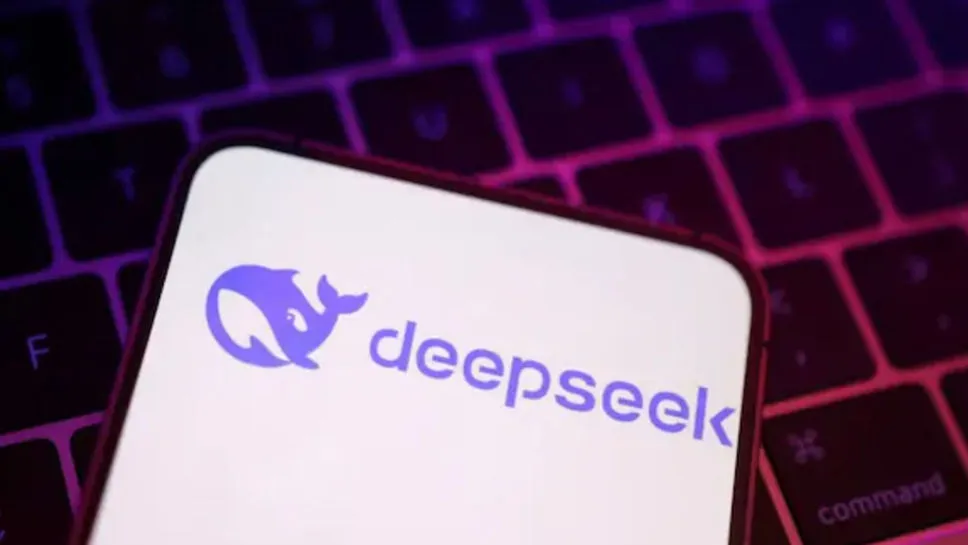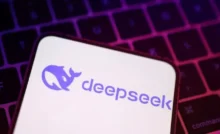In a dramatic move that accelerates the global AI arms race, China’s Moonshot AI has launched its latest model, Kimi k1.5. This release comes hot on the heels of DeepSeek’s launch of DeepSeek-R1, and many industry experts are already touting this AI as an even stronger contender than both DeepSeek-R1 and OpenAI’s GPT-4, marking a significant shift in the AI landscape. The brilliant performance of this new model has brought it to immediate competition with the U.S. tech giants, and that marks China’s level of influence in the AI sector.
What is Kimi k1.5?
Kimi k1.5 is a multimodal AI model developed by Moonshot AI of Beijing that combines inputs from text, images, and code to solve complex problems. Unlike DeepSeek-R1 which is not multimodal, Kimi can input text and images to make it much more versatile and powerful for functional tasks that require a mix of both formats. Preliminary reports claim Kimi is stronger than OpenAI’s GPT-4 in several domains, such as mathematics, coding, and text and visual data comprehension.
One of the most striking facts about Kimi k1.5 is that it is very cost-effective. It is reported to have been developed by Moonshot AI at one-sixth of the cost at which a similar AI model, like that of a state-of-the-art model from the U.S., would be constructed. This in addition to extraordinary features has left many tagging the name of this model as being the first real competitor against OpenAI models.
Features and Innovations in Kimi k1.5
Kimi k1.5 is the true jump in AI development which stands on reinforcement learning techniques increasing its ability for decision-making as the model rewards itself by exploration, which finally leads it to divide complicated problems into a predefined number of manageable steps that make it enhance the reasoning skills at large. This self-optimization makes a difference in the approach Kimi has followed.
Not only does Kimi have unique enhancements based on the RL-based technology, but it has been designed to perform long-context tasks. It has the capacity to process up to 128,000 tokens. This enables it to understand and generate responses for large datasets. In many applications, this is highly critical.
Performance of Kimi on Benchmarks
On several critical AI benchmarks, Kimi k1.5 has outperformed both OpenAI’s GPT-4 and Claude 3.5 Sonnet, scoring exceptionally high in areas such as problem-solving and mathematical reasoning. For instance, Kimi scored an impressive 96.2 on MATH 500, surpassing GPT-4’s variants. On AIME, a math benchmark, Kimi scored 77.5. Moreover, it scored in the 94th percentile on Codeforces, a competitive coding platform.
Such performance metrics show that Kimi is excelling in those areas, whether it is math, problem-solving, or logical reasoning, some reports show up to 550% better performance on some of those benchmark tests than a U.S.-based counterpart. Of course, this is quite normal for a host of AI-based companies, though the validity of the results garnered from benchmarking sometimes comes under question, particularly because companies only test their own products and are naturally compelled to report great results.
Potential Impact on Industries
This KimI k1.5 has brought much interest to the AI fraternity, and any such advancement can have a radical impact in industries like healthcare, engineering, or data analysis. Its multimodal ability, reinforced by its techniques, gives Kimi the potential for game-changer solutions in AI.
As Kimi keeps beating U.S. models in critical areas like reasoning, long-context tasks, and mathematics, it is well on its way to redefining AI application to real-world challenges. In more technical advances, an efficient design of Kimi seems to indicate that the future development of AI may open avenues for people other than U.S.-born citizens to create cost-effective, very capable models balance of the AI arms race in the world is currently being further upset.
China’s Growing Influence in AI
Kimi k1.5’s development strived further to solidify China in the global AI race. With U.S. tech companies pushing hard to stay ahead, the emergence of Kimi does point toward the need for speed in AI innovation. Multimodal capability and leading-edge reinforcement techniques provide a clear challenge to the United States’ dominance in AI. The time is now that a pivotal moment in the AI arms race has been reached.










